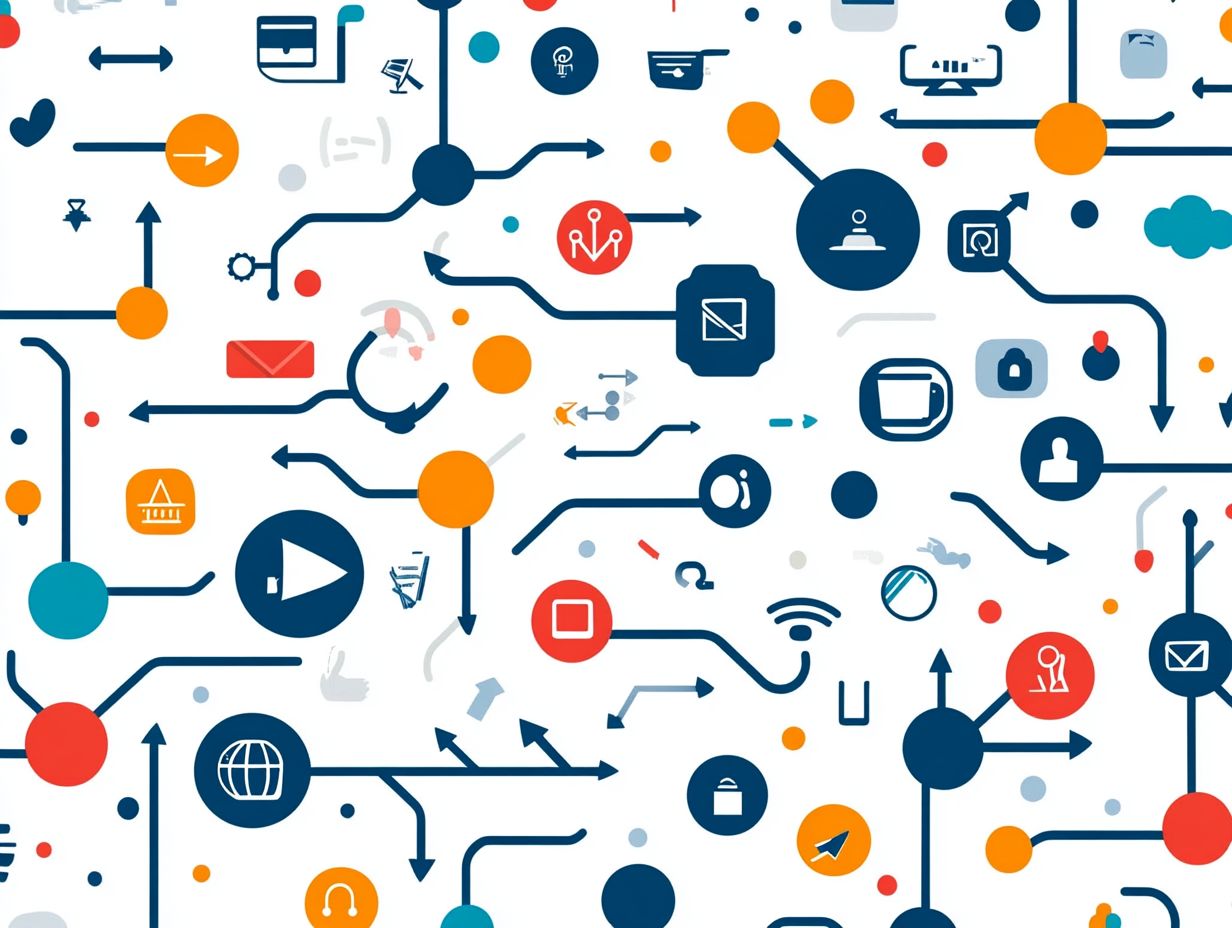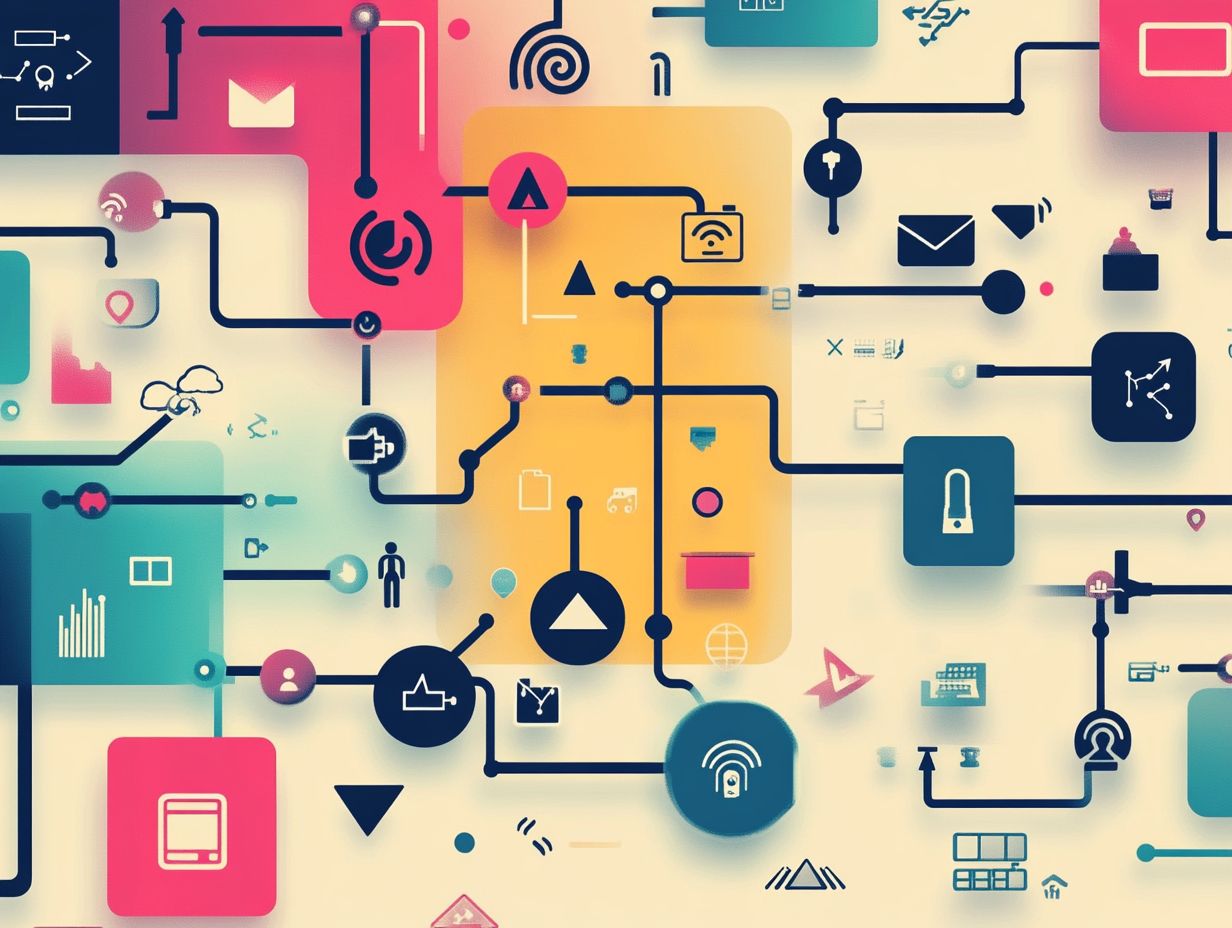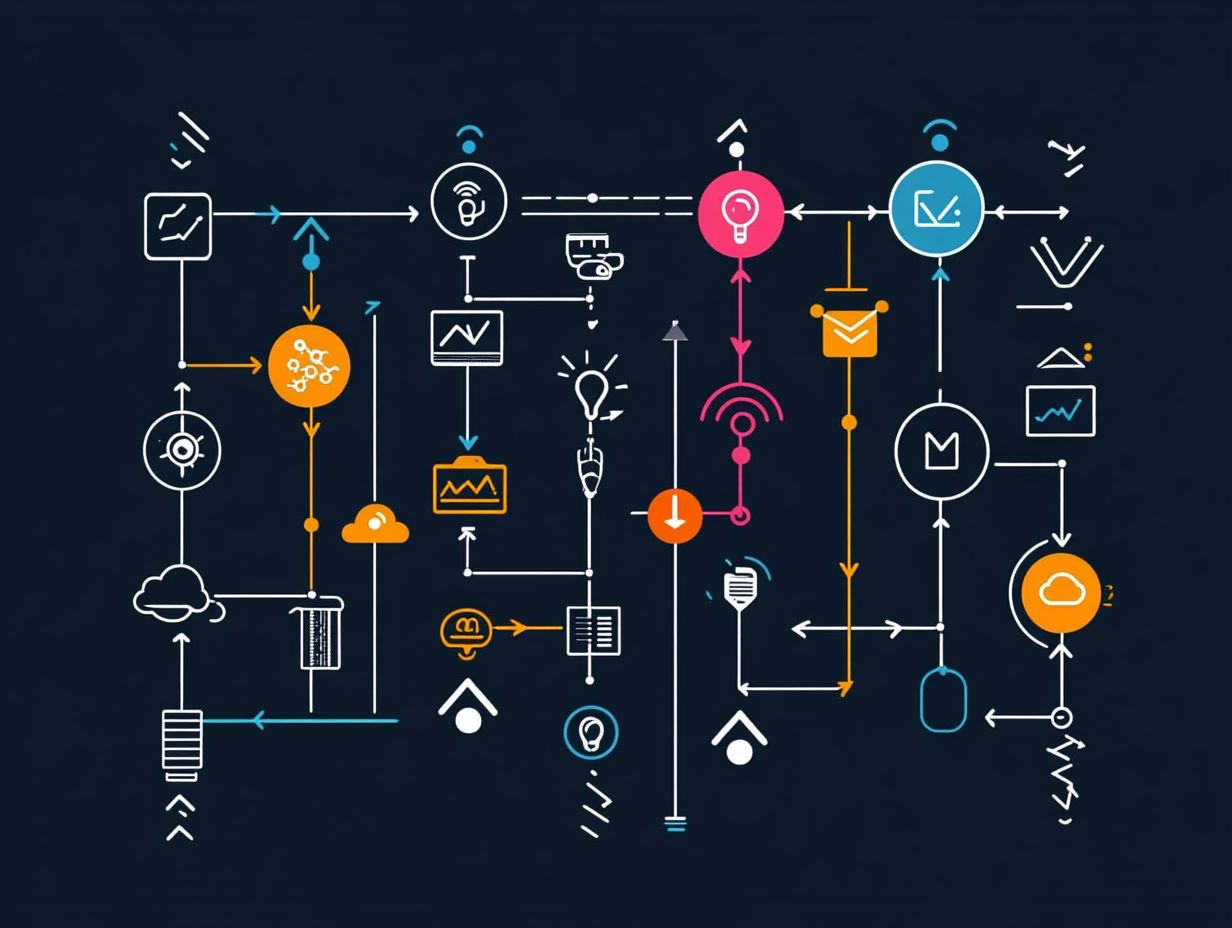What is the Difference Between Types?
In today’s landscape, grasping the various types of products, services, or concepts can greatly influence your choices and decision-making processes.
This article delves into the different categories, beginning with clear definitions to establish key terms. You’ll find a thoughtful comparison that highlights both the similarities and differences among these types.
We will discuss important factors to consider when making informed choices, complemented by real-world examples that demonstrate how these categories manifest in everyday life.
Embark on this enlightening journey as you navigate the nuances of these concepts!
Contents
- Key Takeaways:
- Understanding Different Types
- Comparing and Contrasting Types
- Factors to Consider When Choosing a Type
- Examples of Different Types in Action
- Frequently Asked Questions
- What is the Difference Between Types?
- What is the Difference Between Types of Data?
- What is the Difference Between Types of Computers?
- What is the Difference Between Types of Education?
- What is the Difference Between Types of Music?
- What is the Difference Between Types of Vehicles?
- What is the Difference Between Types of Relationships?
Key Takeaways:

- Types refer to distinct categories or classifications of something, each with its own defining characteristics.
- When comparing and contrasting types, it is important to identify both their key similarities and differences to gain a deeper understanding.
- When faced with a decision between types, it is crucial to consider important factors such as purpose, cost, and compatibility to make an informed choice.
Understanding Different Types
Knowing the different types of diabetes can empower you to take control of your health! Understanding these distinct types is essential for effective management and treatment, especially if you ve been diagnosed with chronic conditions like Type 1 or Type 2 Diabetes.
While both of these types affect blood sugar levels, they have unique causes and characteristics. Type 1 Diabetes occurs when the body’s immune system attacks the cells that produce insulin. In contrast, Type 2 Diabetes typically develops when the body struggles to use insulin properly, often due to lifestyle factors such as obesity.
Recognizing these differences is vital for improving your health outcomes.
Defining Key Terms
Defining key terms related to diabetes is crucial for grasping its complexities, including essential concepts like blood sugar, insulin, and effective management strategies. Your blood sugar levels directly affect your overall health, and insulin plays an essential role in glucose regulation.
By recognizing the common symptoms of diabetes, you can ensure timely diagnosis and intervention, which is vital for preventing potential health complications.
In your daily discussions about diabetes, monitoring blood sugar fluctuations and adjusting insulin dosages accordingly become routine tasks. Understanding how carbohydrates influence blood glucose is fundamental for anyone living with diabetes. It s also important to be mindful of factors leading to hyperglycemia or hypoglycemia.
By familiarizing yourself with these concepts, you can navigate your treatment plan more effectively, communicate efficiently with healthcare providers, and embrace healthier lifestyle choices. Ultimately, this proactive approach helps reduce the risk of long-term complications associated with the condition.
This collective awareness enables you to take charge of your health journey.
Comparing and Contrasting Types
When you compare and contrast Type 1 and Type 2 Diabetes, you’ll uncover significant differences in their underlying mechanisms, treatment strategies, and potential health complications.
Type 1 Diabetes is often categorized as an autoimmune condition, necessitating lifelong insulin therapy because the body simply cannot produce it. In contrast, Type 2 Diabetes typically involves insulin resistance, where the body struggles to make effective use of insulin.
Grasping these distinctions is essential not only for effective diabetes management but also for addressing the emotional impact and stigma that can accompany each type of diabetes.
Key Similarities and Differences

Key similarities and differences between Type 1 and Type 2 Diabetes can significantly influence your approach to patient care and outcomes, particularly when it comes to diabetes management strategies. Both types affect blood sugar levels and present similar symptoms, such as increased thirst and fatigue; however, their underlying causes are distinct.
Type 1 Diabetes is typically diagnosed in younger individuals and arises as an autoimmune condition. In contrast, Type 2 Diabetes is often linked to lifestyle factors and can be shaped by genetics and environmental influences.
Understanding the nuances in treatment protocols is essential. Type 1 Diabetes usually necessitates taking insulin since the pancreas produces little to no insulin. On the other hand, Type 2 Diabetes might initially be managed through lifestyle changes like diet and exercise, possibly supported by medications to enhance insulin sensitivity.
The long-term health complications associated with both conditions such as cardiovascular disease, nerve damage, and vision impairment demand careful monitoring and proactive management strategies tailored to individual needs. This comprehensive approach can significantly elevate the quality of life for those affected.
Factors to Consider When Choosing a Type
When weighing the factors influencing your choice between Type 1 and Type 2 Diabetes, it’s vital to consider a range of elements, from risk factors and emotional effects to lifestyle choices.
Your family history holds considerable sway over your predisposition to diabetes. Additionally, your lifestyle decisions such as diet and physical activity can significantly shape your management strategies.
Understanding the emotional challenges of living with diabetes is crucial for creating support systems and fostering healthy eating habits.
Important Considerations for Decision-Making
Several important factors demand your attention in diabetes management: the necessity of medical supervision, nutritional management, and potential weight loss strategies to uphold your health. Effective diabetes management often hinges on a team approach, seamlessly integrating lifestyle adjustments and ongoing medical evaluations.
This ensures vigilant monitoring of your blood sugar levels and overall well-being. Regular check-ins with your healthcare team are key to success in tailoring treatment plans to meet your unique needs.
Nutritional strategies should focus on balanced diets that emphasize whole grains, lean proteins, and healthy fats all of which contribute to stabilizing blood glucose levels.
Engaging in physical activity not only aids in weight loss but also enhances insulin sensitivity, providing you with greater control over your diabetes. Frequent progress monitoring allows for timely adjustments to your medications or dietary choices, underscoring the necessity of personalized care in navigating this intricate chronic condition!
Keeping up with the latest research helps you make smart choices about managing diabetes.
Examples of Different Types in Action
Examples of various types of diabetes vividly illustrate how different treatment strategies and lifestyle choices can significantly influence diabetes management and patient outcomes. For instance, individuals with Type 1 Diabetes typically require consistent insulin therapy and must diligently monitor their glucose levels.
In contrast, those with Type 2 Diabetes often find that effective lifestyle interventions such as healthy eating and weight loss can lead them toward remission. These real-world scenarios highlight the critical importance of personalized approaches to diabetes treatment.
Take the first step towards better management today!
Real-World Applications and Use Cases

Real-world applications and use cases for managing different types of diabetes highlight the crucial role of healthy eating and weight loss. Proactive health checks are essential in preventing complications.
If you have Type 2 Diabetes, structured weight loss programs can be beneficial for you. These programs emphasize nutritional management.
Individuals managing Type 1 Diabetes can focus on stabilizing blood sugar levels through careful meal planning and precise insulin dosing. By embracing these strategies, you can craft personalized plans that cater to your unique lifestyle needs and preferences.
For example, nutritious meal plans loaded with whole grains, lean proteins, and an abundance of fruits and vegetables can aid in weight loss while managing blood sugar levels.
Incorporating regular physical activity enhances your metabolic health. It also supports your weight loss efforts.
Working with healthcare providers to set realistic goals boosts your commitment to these practices. This collaboration allows you to make informed health decisions, leading to better outcomes and an improved quality of life.
Watch this video for more insights on managing diabetes effectively.
Frequently Asked Questions
What is the Difference Between Types?
The term “types” can refer to various things, so the specific difference between types depends on the context. Here are six frequently asked questions and answers about different types:
What is the Difference Between Types of Data?
The types of data can be classified as qualitative or quantitative, depending on the nature of the information. Qualitative data is descriptive and subjective, while quantitative data is numerical and objective.
What is the Difference Between Types of Computers?

Computers can be categorized into different types based on their size, functionality, and purpose. Desktop computers are larger and more powerful than laptops, while tablets are smaller and more portable.
What is the Difference Between Types of Education?
Education can be classified as formal or informal. Formal education refers to structured learning in academic institutions, while informal education can include self-directed learning, on-the-job training, and life experiences.
What is the Difference Between Types of Music?
Music can be classified into various genres, such as rock, pop, hip hop, and jazz. These genres have distinct characteristics and styles, but they all use sound and rhythm to create art.
What is the Difference Between Types of Vehicles?
Vehicles can be categorized as land, water, or air transportation. Land vehicles include cars, buses, and bicycles, while water vehicles include boats and ships. Air vehicles include airplanes and helicopters.
What is the Difference Between Types of Relationships?
Relationships can be classified as romantic, familial, or platonic. Romantic relationships involve mutual attraction and intimacy between partners, while familial relationships are based on blood or legal ties. Platonic relationships are non-romantic and non-familial, such as friendships.
Understanding the differences in these areas helps you make informed choices in life and health.






